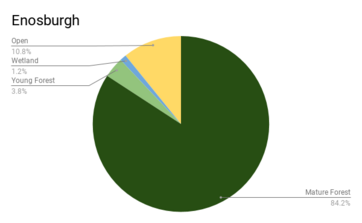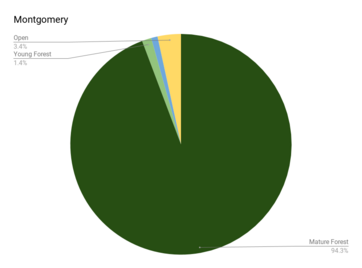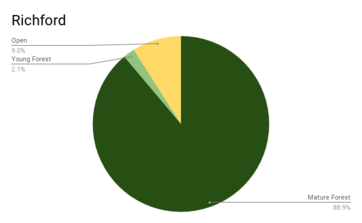Supporting Songbirds in the Cold Hollow Region
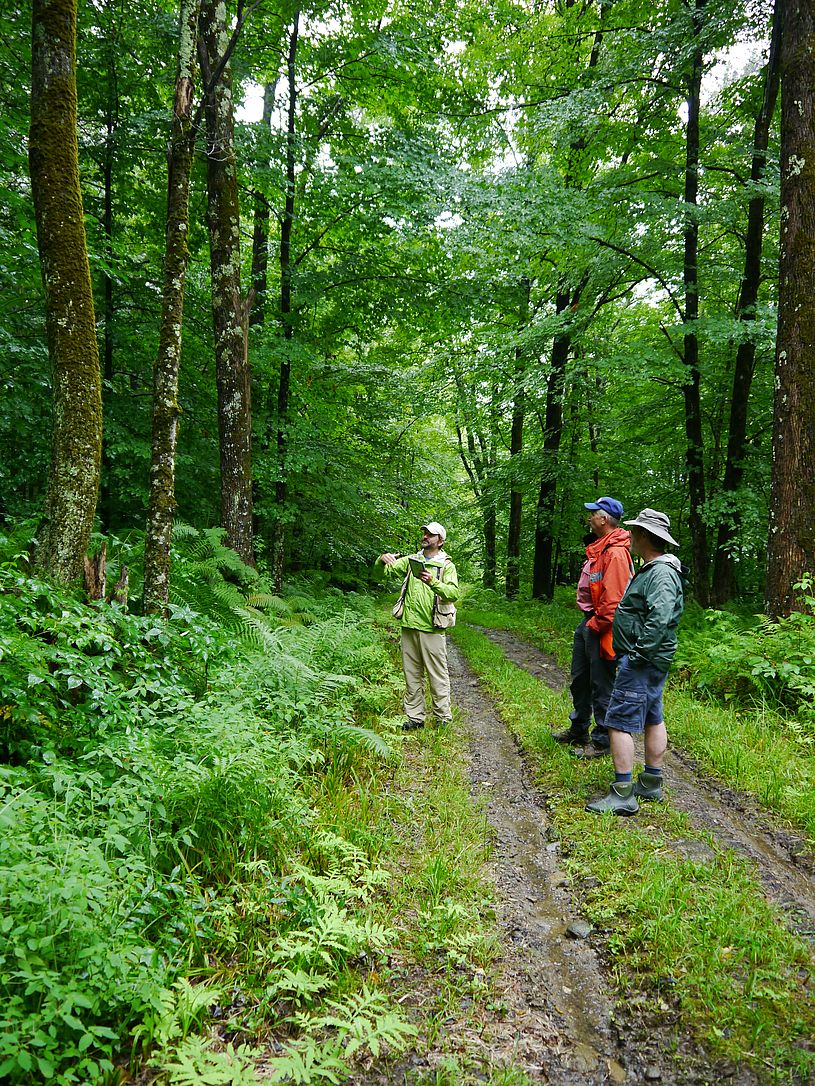
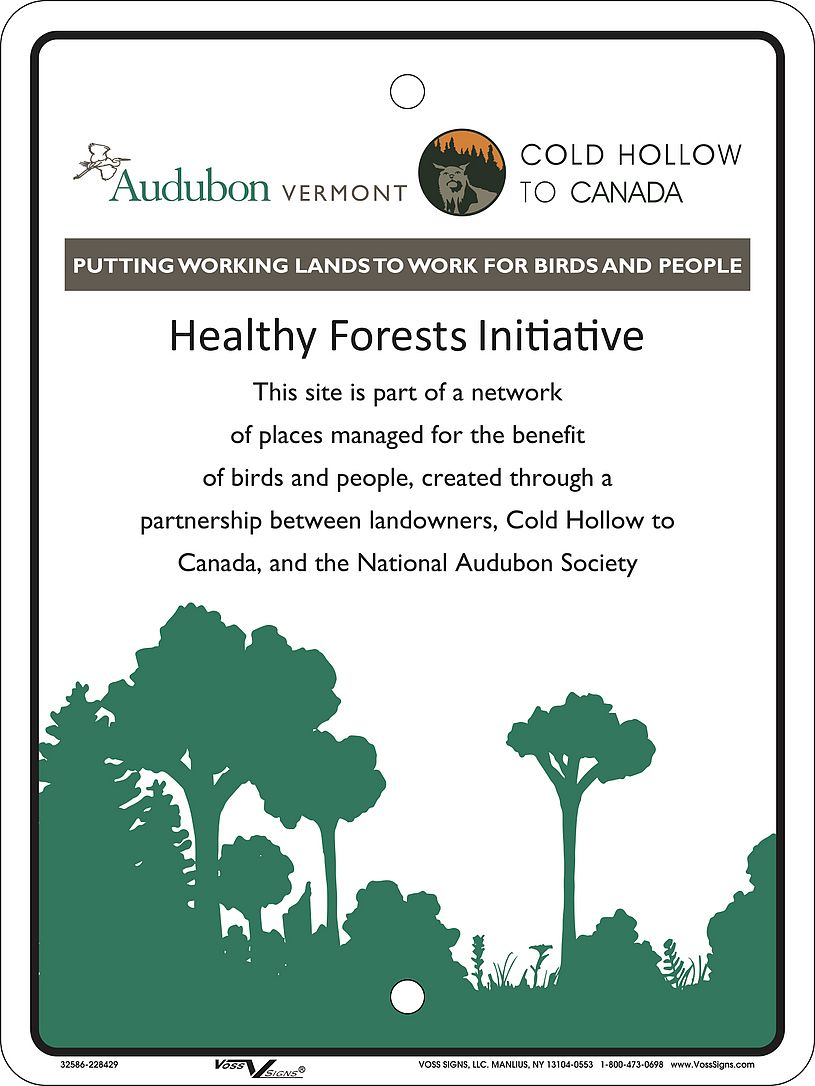
Summertime in the Cold Hollow region is also a time for new life in the Cold Hollow region as many species of migrant birds raise their young and those young fledge the nest.
Data from breeding bird surveys has illuminated the global importance of Vermont’s forests for birds throughout the Western Hemisphere. The forests of Vermont and Northern New England are home to the highest concentration of bird species breeding in the continental United States. For forty of these species -- including the Bicknell’s Thrush, the Black-throated Blue Warbler, and the Canada Warbler -- our northern forests host as much as 90% of their global breeding population. Due to this concentration, the North American Bird Conservation Initiative refers to these birds as responsibility species. At a state level, Audubon Vermont focuses on these forty responsibility species as part of National Audubon Society’s Atlantic Flyway-level Healthy Forests Initiative.
While many of these birds are experiencing long-term population declines, the good news is that these birds are still common in our region. This means we have the opportunity to protect and enhance their breeding habitat before they become threatened or endangered. Cold Hollow to Canada and the landowners of CHC’s Woodlots Program have partnered with Audubon Vermont to help improve habitat for breeding birds on Woodlot landowner properties in Enosburgh, Richford, and Montgomery.
The first step to improving habitat is to know what you have to begin with. Habitat assessments conducted by Audubon Vermont Conservation Biologist Steve Hagenbuch described and assessed habitat conditions on each property. From there, Hagenbuch provided landowners with recommendations to protect and improvem bird habitat on their properties. Hagenbuch completed habitat assessments for the landowners in our Enosburgh Woodlots group in 2014. More recently, in 2018 and 2019, thanks to funding from the U.S. Forest Service’s Landscape-Scale Restoration program, habitat assessments were also completed for the landowners in our Richford and Montgomery groups. At the most recent Woodlots winter gatherings, Steve presented the results of these assessments to each group so that the groups could understand how their property fit into the larger landscape.
“Enhancement of forest bird habitat occurs at the forest stand level which collectively adds up to a property level,” says Steve Hagenbuch, Conservation Biologist at Audubon Vermont. “While the land stewardship on a property-by-property basis is extremely valuable, in order to affect meaningful large-scale change requires thinking at landscape levels. Cold Hollow to Canada’s model of landscape-level forest conservation is the most effective approach to bird conservation that I have seen. The messaging around forests, birds, and climate resiliency captures the interests of participating landowners. It helps them to see that their property is part of a larger whole and cumulatively their forest stewardship efforts are making a difference.”
Thanks to our collaboration with Audubon Vermont, CHC Woodlots landowners are equipped with the knowledge to help improve habitat for birds in the Cold Hollow region. With this information, we look forward to helping landowners implement these recommendations on the ground. Follow us on Facebook and Instagram for updates on this work. If you are interested in supporting birds on your own property, check out Audubon Vermont’s Healthy Forest Initiative webpage.
Results of the songbird habitat assessments conducted for CHC's Woodlots groups by Audubon Vermont.
The total amount of acreage assessed for the three groups are 2255 acres in Enosburgh, 3428 acres in Montgomery, and 2042 acres in Richford. Open habitat includes agricultural land, old fields, and lawn.
Results of the songbird habitat assessments conducted for CHC's Woodlots groups by Audubon Vermont. The total amount of acreage assessed for the three groups are 2255 acres in Enosburgh, 3428 acres in Montgomery, and 2042 acres in Richford. Open habitat includes agricultural land, old fields, and lawn.
